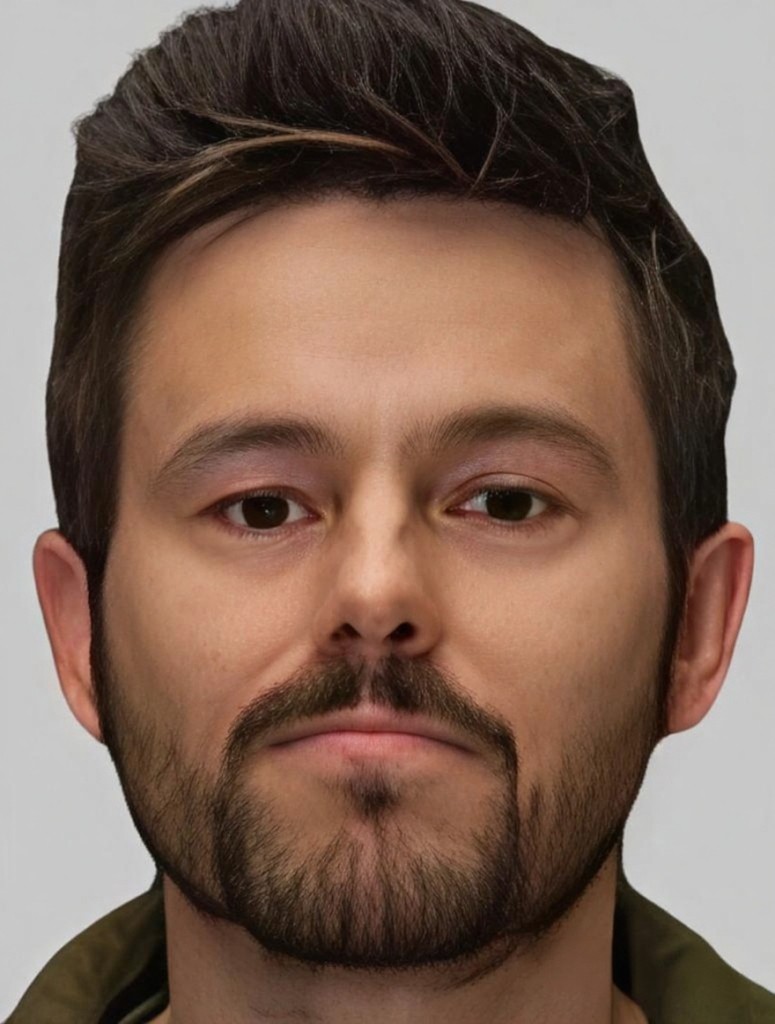- Home
- People
- Researchers
- Ibarra Urruela
Dr. Borja Ibarra Urruela
Position: Assistant Research Prof.
PhD: Universidad Autónoma Madrid, Spain / CNB-CSIC Madrid, Spain
Previous Position: Centro Nacional Biotecnologia (CNB- CSIC), Madrid, Spain
Research: Molecular Motors Manipulation Lab
ORCID: 0000-0001-6597-797X
Researcher ID: H-5840- 2015
Group webpage: Molecular Motors Manipulation Lab
Joining Date: January, 2010
User Name: borja.ibarra
Telephone: +34 91 299 88 63
Borja Ibarra (BSs in Biochemistry) obtained his PhD. in Molecular Biology from Universidad Autónoma Madrid in 2001. He made the ‘leap’ to molecular biophysics as a postdoctoral fellow in Prof. Carlos Bustamante lab at UC Berkeley (USA) where he learned to generate, analyze and interpret single molecule data on complex, multi-state biological systems. Back in Spain in 2007, he applied single molecule manipulation methods as optical tweezers at the CNB-CSIC (Madrid) to study biological molecular motors at single molecule level. He joined the Nanobiosystems research line at IMDEA Nanociencia in 2010, where he started the Molecular Motors Nanomanipulation Lab.






